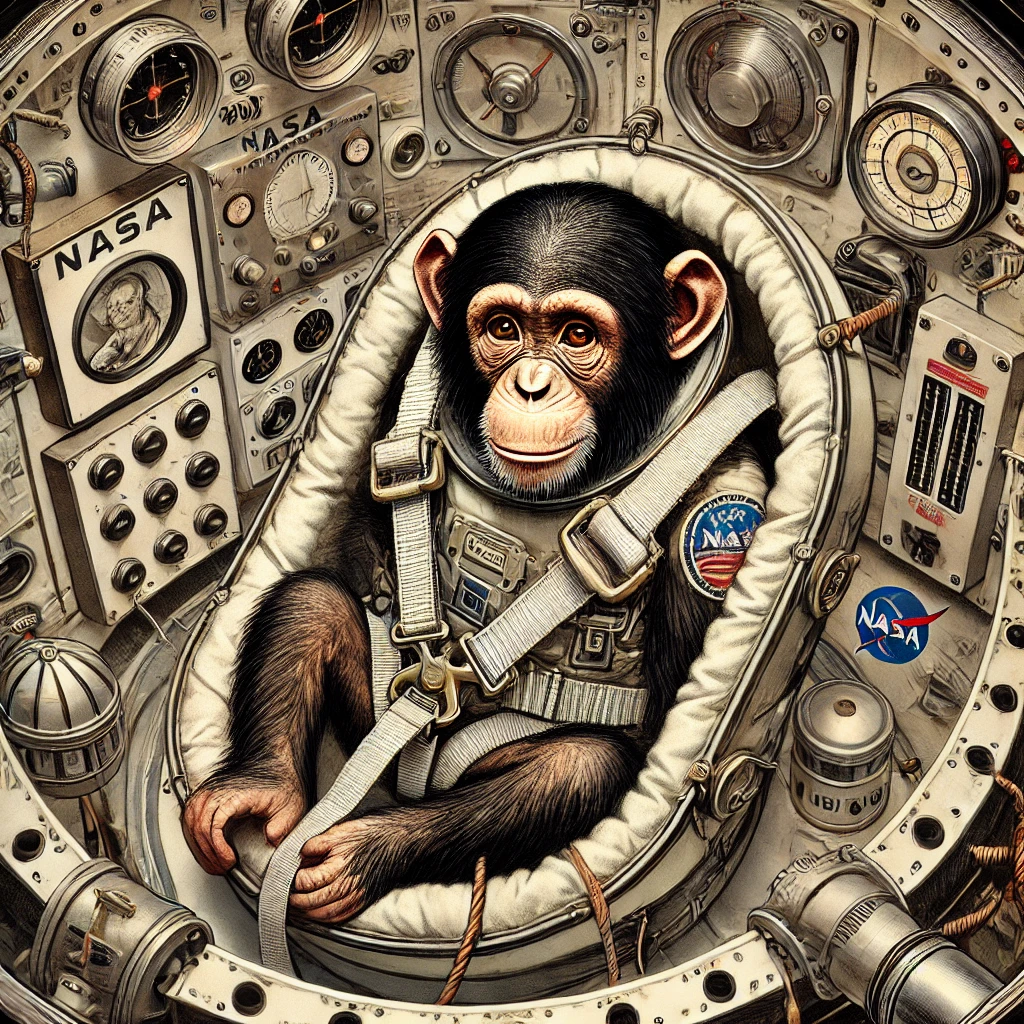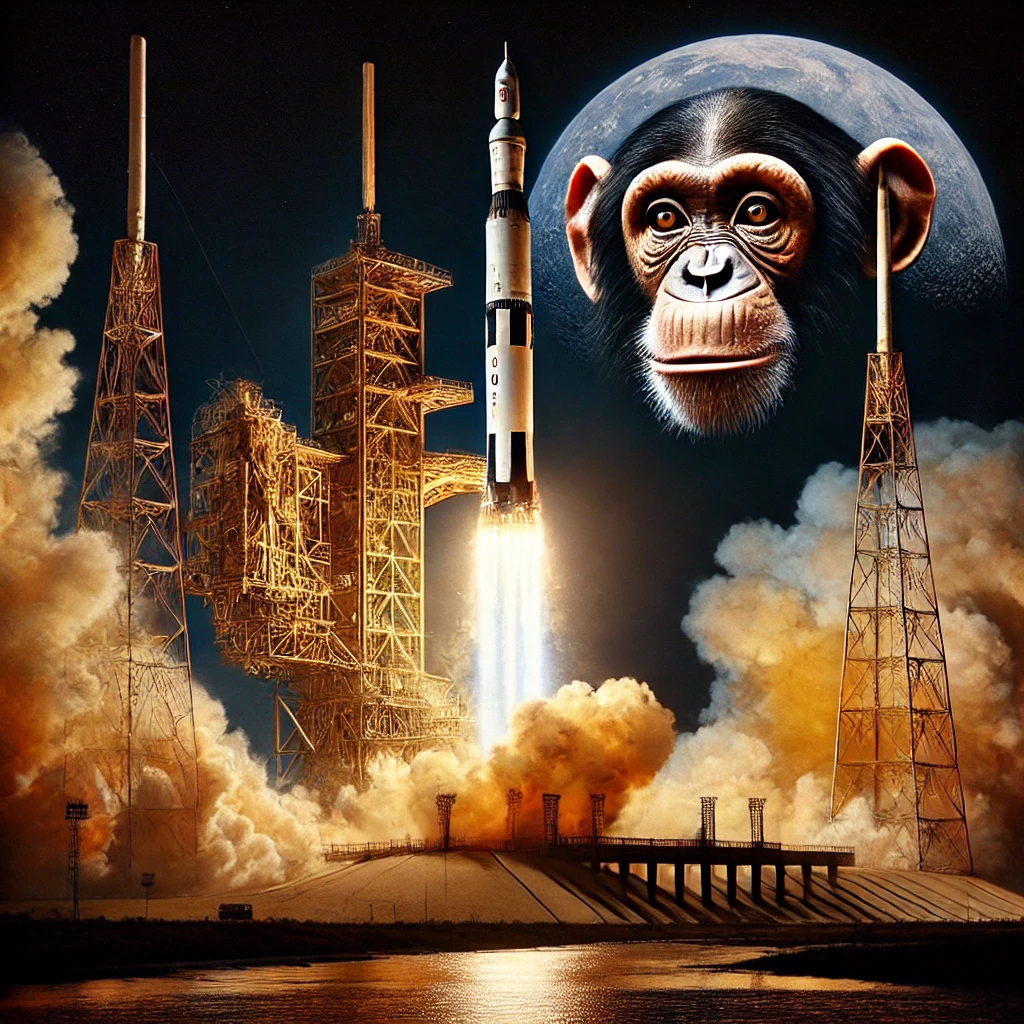On this pioneering day in 1961, Enos, a chimpanzee, became the first primate to orbit the Earth as part of NASA’s Project Mercury. This historic achievement was a critical step in the United States’ efforts to master human spaceflight, occurring amidst the intense Cold War-era Space Race with the Soviet Union. The mission demonstrated NASA’s ability to sustain life in orbit, paving the way for future human space exploration.

Enos’s orbital journey aboard the Mercury-Atlas 5 spacecraft was meticulously planned and executed, showcasing advancements in technology and scientific research. The successful completion of this mission provided invaluable data on the effects of space travel on living organisms, bringing NASA one step closer to sending humans into orbit.
Project Mercury’s Role in Space History
Project Mercury, NASA’s first human spaceflight program, was designed to test the feasibility of putting astronauts into orbit and bringing them safely back to Earth. Before sending humans, NASA relied on primates like Enos to assess the physical and psychological challenges of space travel. Enos’s mission was not only a test of hardware and procedures but also an experiment in understanding how a primate’s body and mind would respond to the stresses of space.

The Mercury-Atlas 5 mission involved two successful orbits, during which Enos performed tasks designed to test his cognitive and physical responses. His ability to complete these tasks under immense pressure and in a microgravity environment confirmed that humans could likely endure and adapt to the rigors of orbital spaceflight.
A Legacy That Reaches the Stars

The success of Enos’s flight provided critical data that led directly to the United States’ first manned orbital flight just months later, with astronaut John Glenn aboard Friendship 7 in February 1962. Glenn’s historic mission marked a turning point in human space exploration, made possible by the foundation laid during Enos’s flight.
Beyond its immediate impact on Project Mercury, the mission’s legacy continues to inspire space exploration today. The methodologies developed and the lessons learned from Enos’s mission inform current practices in designing spacecraft, ensuring astronaut safety, and studying the effects of long-term space travel on the human body.
From the bravery of a chimpanzee named Enos to the triumphs of modern spaceflight, this mission underscores humanity’s unyielding drive to explore the unknown. As we celebrate this historic day, it serves as a reminder of the ingenuity and determination that fuel our quest to reach beyond the confines of Earth.
